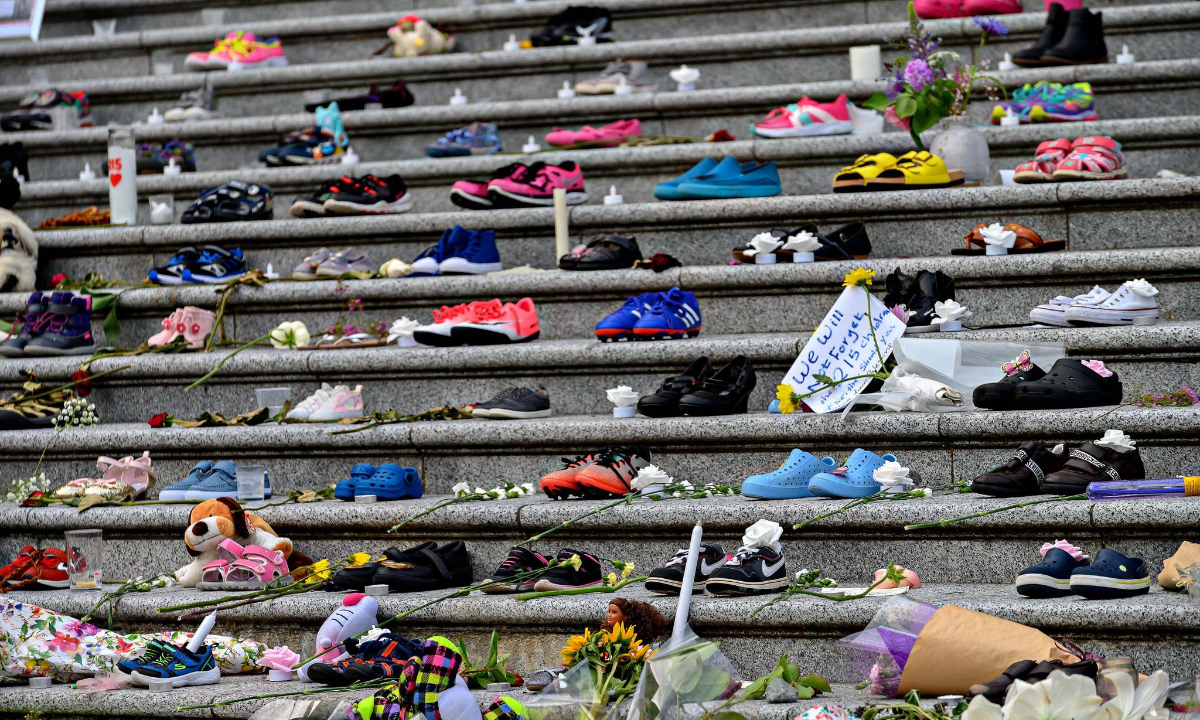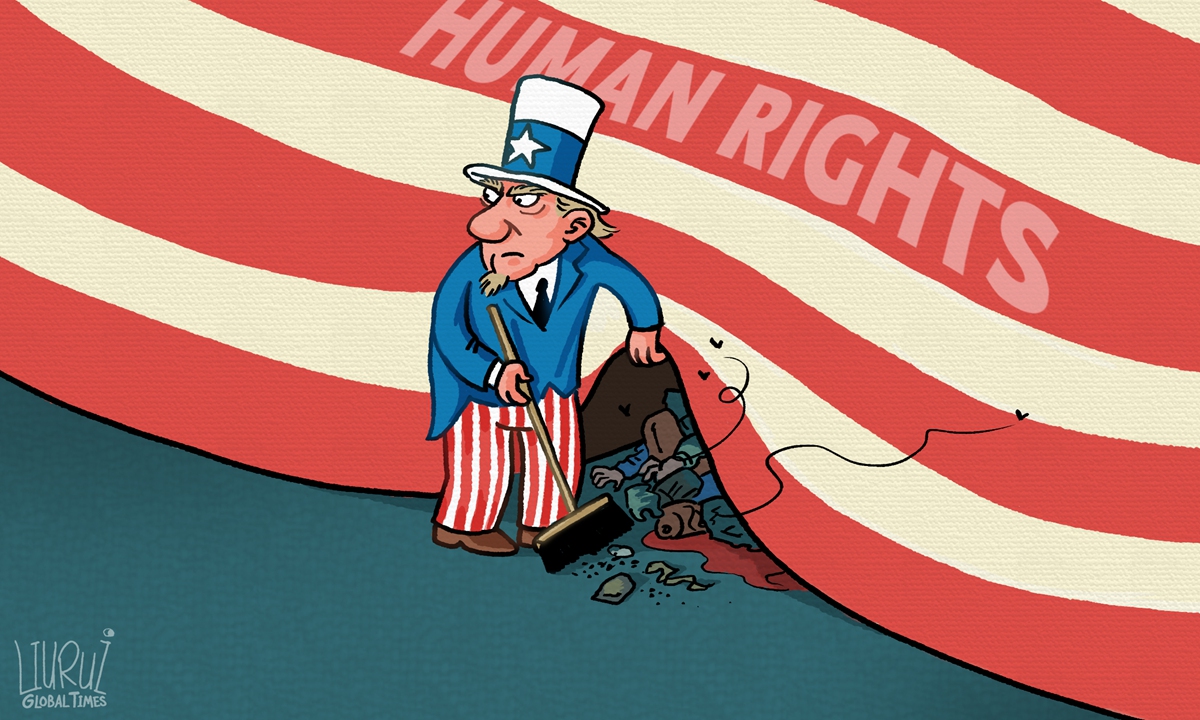Decreasing testosterone levels are not an inevitable part of ageing for men | The Star
Low levels of this hormone are not an inevitable part of ageing for men, but part of a syndrome that should be treated.
WHEN it comes to menopause, many people assume that only women will experience it.
But over the last few decades, there has been increasing recognition of a so-called “male menopause” or andropause, which generally refers to male androgen deficiency or testosterone deficiency syndrome.
Testosterone deficiency syndrome, also known as late onset hypogonadism, is a condition in which men do not produce enough testosterone, which is a major male hormone or androgen.
This results in psychological, emotional and sexual dysfunction, and may affect multiple organ systems, resulting in serious health consequences for the man.
In the past, it was thought that patients with testosterone deficiency syndrome were generally older men, but in fact, it can occur in men of different age groups, including young and middle-aged men.
Not limited by age
Testosterone plays a key role in male libido, muscle mass, and mental and physical strength.
Many middle-aged men might have various symptoms of testosterone deficiency, but they may not be aware of the cause or choose to blame it on other reasons, such as ageing.
Indeed, from another point of view, the term “andropause” is not the most accurate term for patients with testosterone deficiency, as decreased testosterone levels are not an inevitable consequence of ageing.
But it is worth noting that testosterone levels do generally decline with age, as older men tend to have lower blood testosterone levels.
Testosterone deficiency mostly occurs between the ages of 45 to 60, but according to the data, the proportion of older people will be higher.
For men aged 45 and over, nearly 40% are affected by testosterone deficiency syndrome.
As for men over 80 years old, up to half will have this syndrome.
You might ask, why are younger men affected by testosterone deficiency syndrome as well?
The younger trend of testosterone deficiency syndrome is usually related to diseases; the unhealthy lifestyle of young people, including poor diet, smoking, alcoholism and lack of exercise; and/or drug use, such as the abuse of painkillers.
Diseases that can affect testosterone levels include obesity, liver disease, kidney disease, diabetes, high blood pressure, high lipid (fat) levels, mental illness and AIDS (Acquired Immunodeficiency Syndrome).
Signs and symptoms
Symptoms of testosterone deficiency include:
> Decreased libido or sexual drive
> Difficulty getting and maintaining an erection
> Difficulty concentrating and making decisions
> Increased body fat and muscle loss
> Loss of bone density
> Depression
> Irritability
> Anxiety
> Restlessness
> Poor work performance
> Impaired memory
> Inability to concentrate
> Fatigue
> Lack of stamina and physical strength
> Insomnia or sleepiness
> Loss of appetite
> Constipation
> Skin atrophy, and
> Lower back pain.
As for physical signs, there will be a decrease in muscle mass throughout the body; an increase in subcutaneous fat, resulting in the patient appearing fatter, especially around the abdomen; hair that begins to turn white and become sparse; teeth and body hair that start to fall off; and the shrinking of testicles; as well as signs of breast enlargement in some patients.
In addition to physical and emotional changes, testosterone deficiency can lead to the onset or exacerbation of various diseases.
When a man has low testosterone levels, there is a greater risk of heart disease, cancer, high blood pressure, diabetes, high cholesterol levels, osteoporosis, anaemia and dementia.
Diagnosis and treatment
In many cases, the diagnosis of testosterone deficiency in a patient must first be based on clinical manifestations and symptoms.
Then it is necessary to check whether the testosterone level is low.
If the patient’s symptoms only improve during treatment, it confirms that the patient has developed testosterone deficiency syndrome and needs testosterone replacement treatment.
The goal of testosterone replacement therapy is to improve the patient’s symptoms and normalise his testosterone levels.
As of now, there are two medically-proven testosterone treatments available in Malaysia.
One involves a gel preparation, while the other is injected.
The gel preparation is applied on the skin of the upper arms, shoulders, inner thighs or abdomen.
The testosterone is then absorbed through the skin into the body.
The patient should not bathe or shower within an hour of using the gel formulation to ensure that the testosterone is fully absorbed by the body. It should be used daily so that the patient’s testosterone levels are stable, similar to the physiological blood levels produced by the testes.
The use of gel preparations should usually be the first choice for patients.
Meanwhile, the other type is given by intramuscular injections every few weeks or months.
Depending on the frequency of injections, symptoms may fluctuate between each dose.
The gel formulation has fewer side effects and has been approved by the US Food and Drug Administration (FDA).
However, certain testosterone injections may cause side effects such as pulmonary microembolisms – these have not been approved by the US FDA so far.
Benefits and cautions
Testosterone replacement therapy serves to help improve body composition by building muscle and reducing fat mass, including total body and visceral fat.
It can also help improve insulin sensitivity, thereby addressing metabolic syndrome and reducing the risk of type 2 diabetes.
In addition, it can improve the patient’s sexual function; mood, including symptoms of depression; and energy and quality of life.
In terms of disease, testosterone supplementation can improve anaemia, and reduce death from all causes, including heart disease.
Testosterone supplementation is not suitable for patients with prostate cancer, sleep apnoea or polycythaemia (where haematocrit or haemoglobin is increased in the blood).
Therefore, patients must have their prostate-specific antigen (PSA) levels checked prior to beginning testosterone replacement therapy.
According to some early research, the use of testosterone supplements appeared to promote prostate cancer; however, there is no evidence of this in the latest research.
Nevertheless, patients are advised to have their PSA levels checked regularly after they start taking testosterone.
During the course of treatment, the doctor will also regularly check the patient’s haemoglobin and haematocrit levels.
These blood tests will help to see whether the patient’s blood has thickened, as haemoglobin and blood cells are more prone to abnormal rises in level with certain types of injectable testosterone.
In general, changes due to the treatment will occur within three to six months after treatment has commenced.
Patients need to be aware that testosterone supplementation therapy is a lifelong treatment, and testosterone supplementation can lead to a decrease in the amount of testosterone naturally produced by the body.
Don’t ignore symptoms
It is important to reiterate that testosterone deficiency is not an inevitable phenomenon of ageing.
In short, when a man, especially an elderly man, experiences testosterone deficiency symptoms, different health problems may occur as a result.
Therefore, its existence must not be ignored.
It is recommended to seek professional advice from a doctor as soon as possible if you have symptoms of testosterone deficiency.
Get the right treatment to improve your health and quality of life.
Dr Tay Hui Sian is a consultant geriatrician. For more information, email starhealth@thestar.com.my. The information provided is for educational and communication purposes only, and should not be considered as medical advice. The Star does not give any warranty on accuracy, completeness, functionality, usefulness or other assurances as to the content appearing in this article. The Star disclaims all responsibility for any losses, damage to property or personal injury suffered directly or indirectly from reliance on such information.
Related:
Testosterone 2.5% in Isopropyl Myristate 5% Topical Gel
Related posts:
The antioxidant story





















